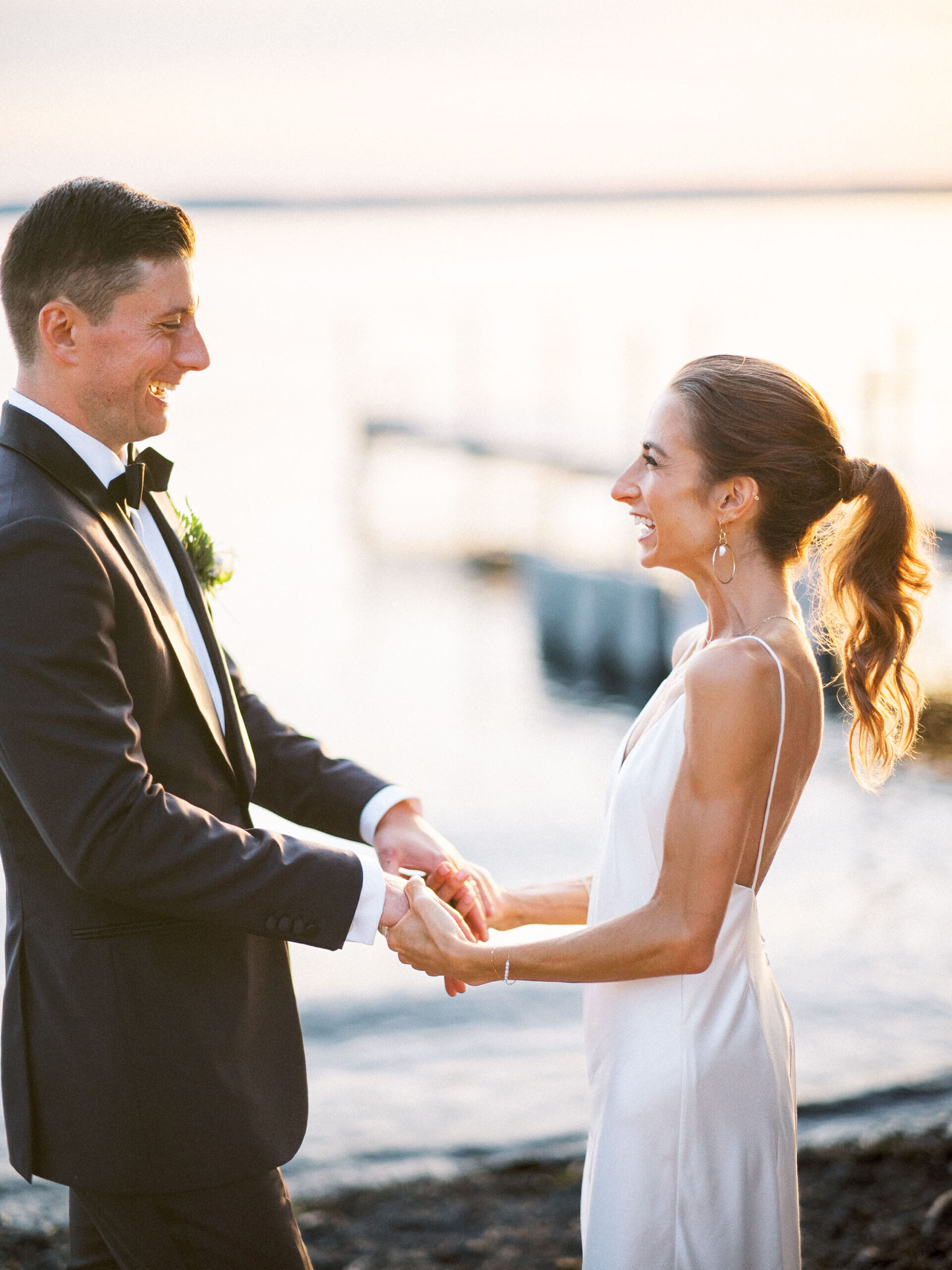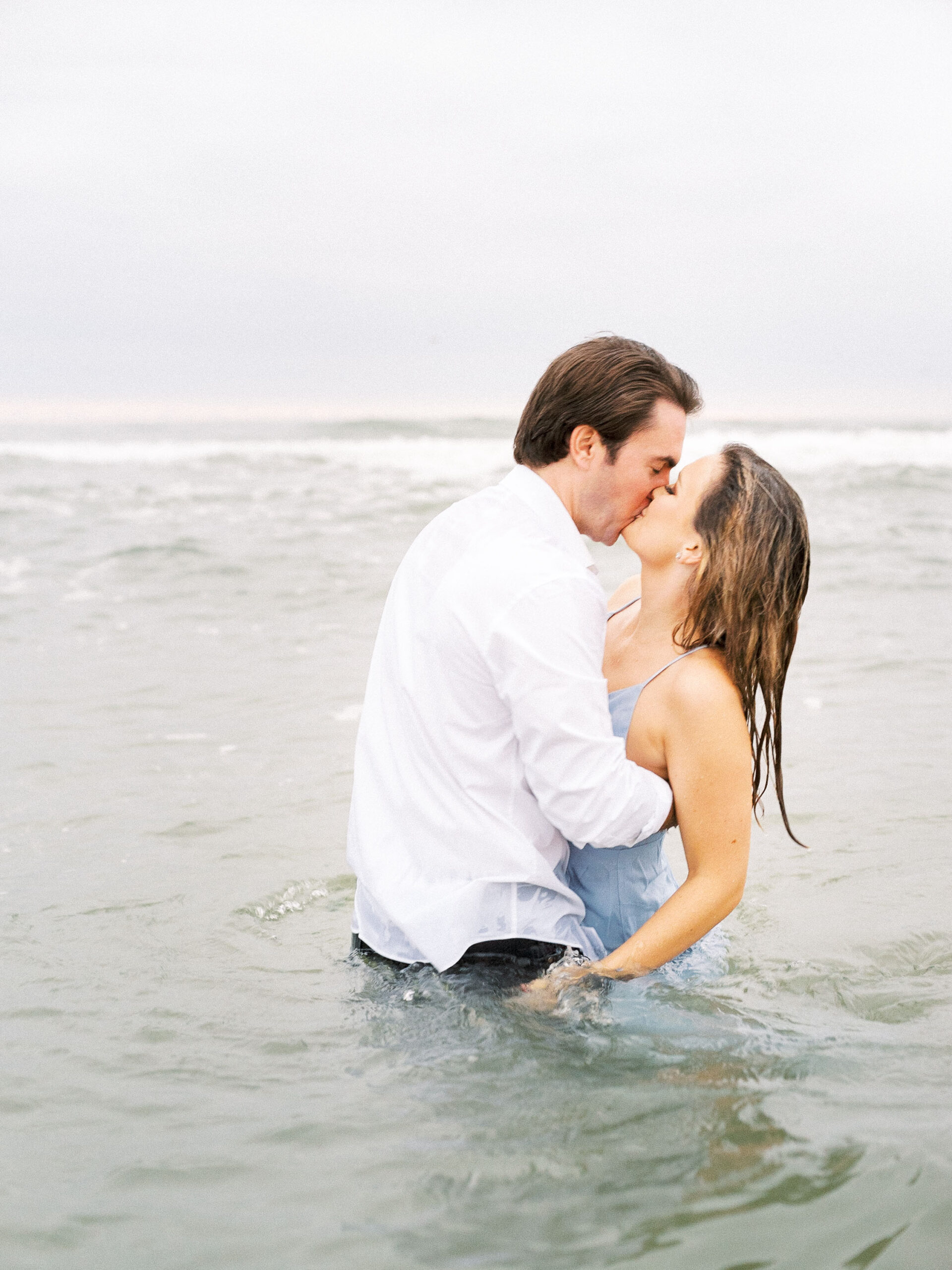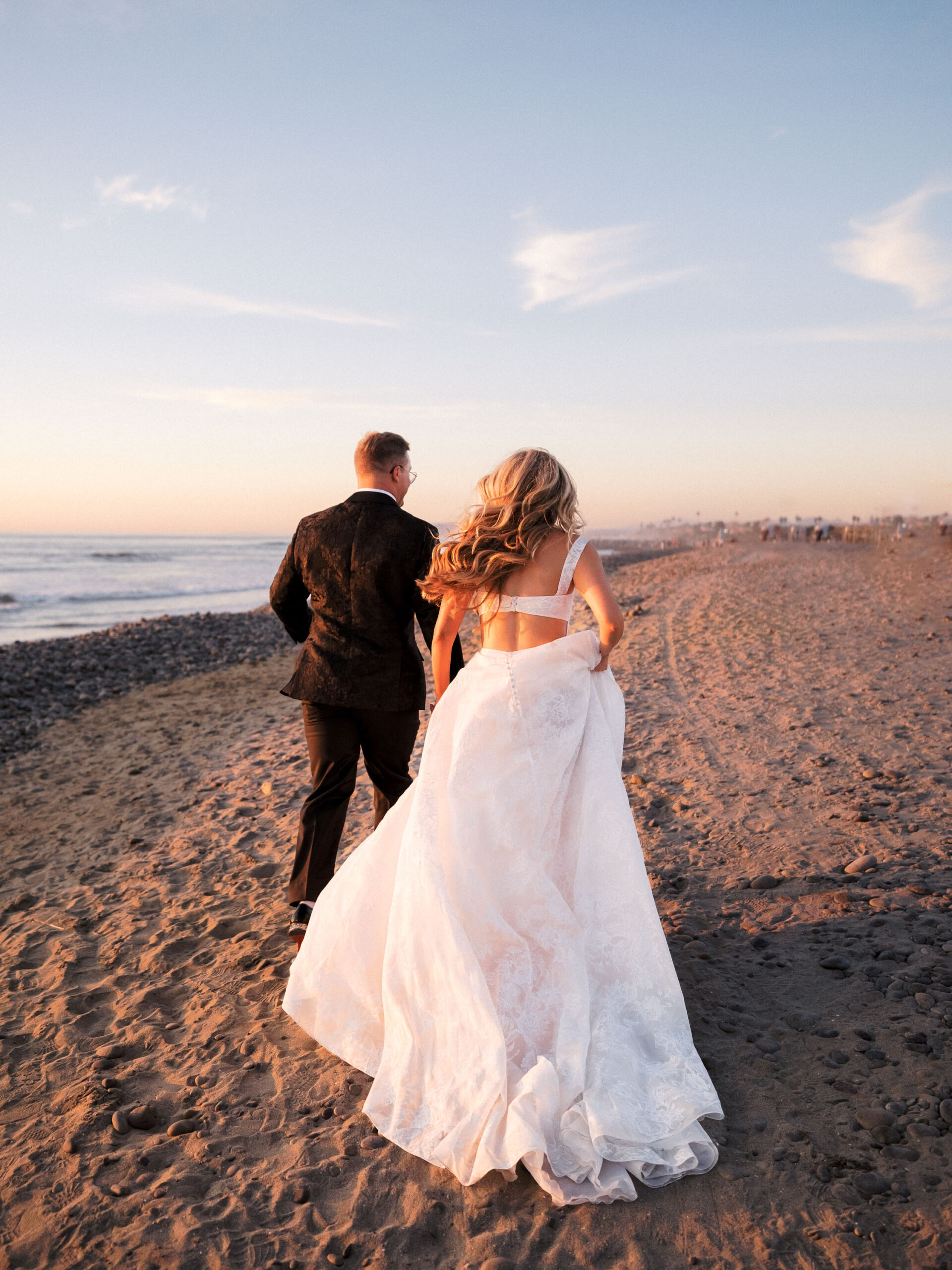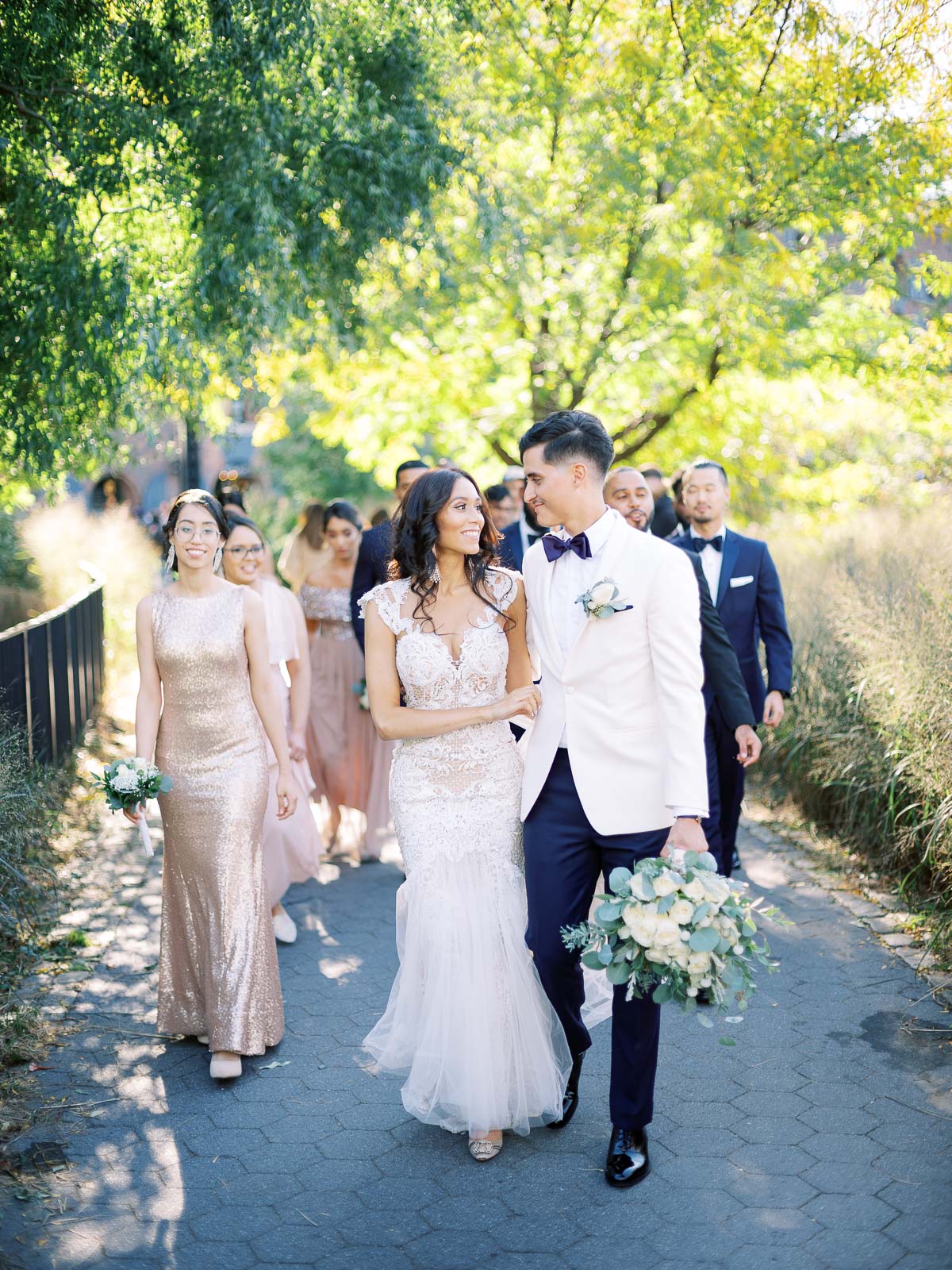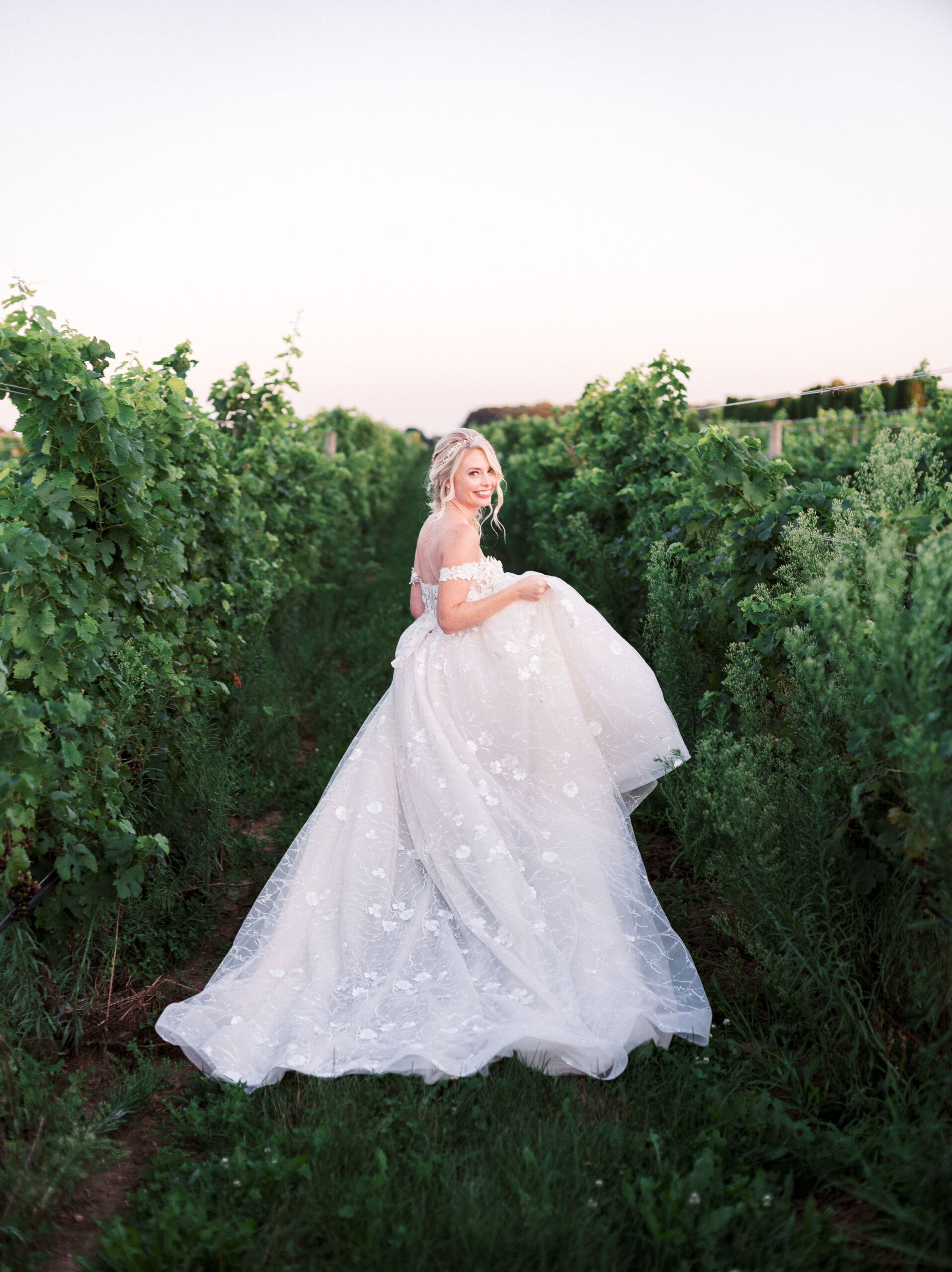real love stories
to inspire your wedding adventure
Browse the archives and see resources to help you plan your wedding as well as past weddings and portrait sessions.
Creating a wedding-day timeline might not be the most exciting part of your planning, but it’ll have a huge impact on the amount of stress you feel that day. As wedding photographers (Tom has captured weddings & love stories for over six years now!), we love helping each couple we work with to create their […]
Once you’ve picked a date, a photographer and your venue, it’s time to celebrate. Those are some of the toughest decisions in wedding planning and you can cross them off your list—woo-hoo!! It’s time for the fun stuff, like taking engagement photos. Why you should take engagement photos An engagement session is about capturing casual […]
Did you know that on your wedding day, you may end up spending more time with your photographer than your family (or even your fiancé 😳)? Wedding photography is unique in that it’s an active part of your wedding day. Unlike other vendors who do most of their work behind the scenes, your photographer will […]
Your wedding photographer will often begin the day with bride getting-ready photos. This is the part of the day where it all starts to sink in. You’re getting married! You might feel a little nervous (don’t worry, that’s totally normal) and ready to get the day moving. Try to soak it all in though—your wedding day […]
